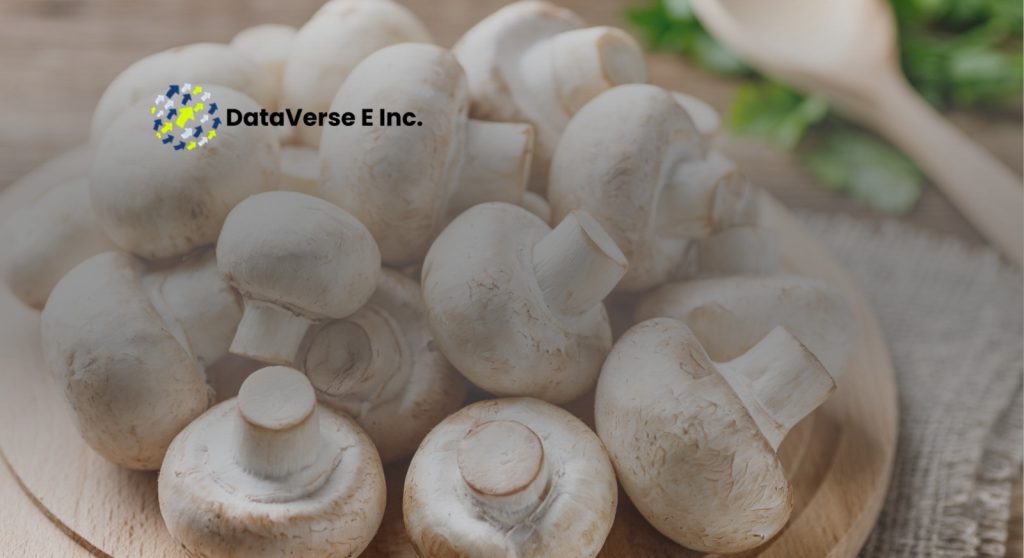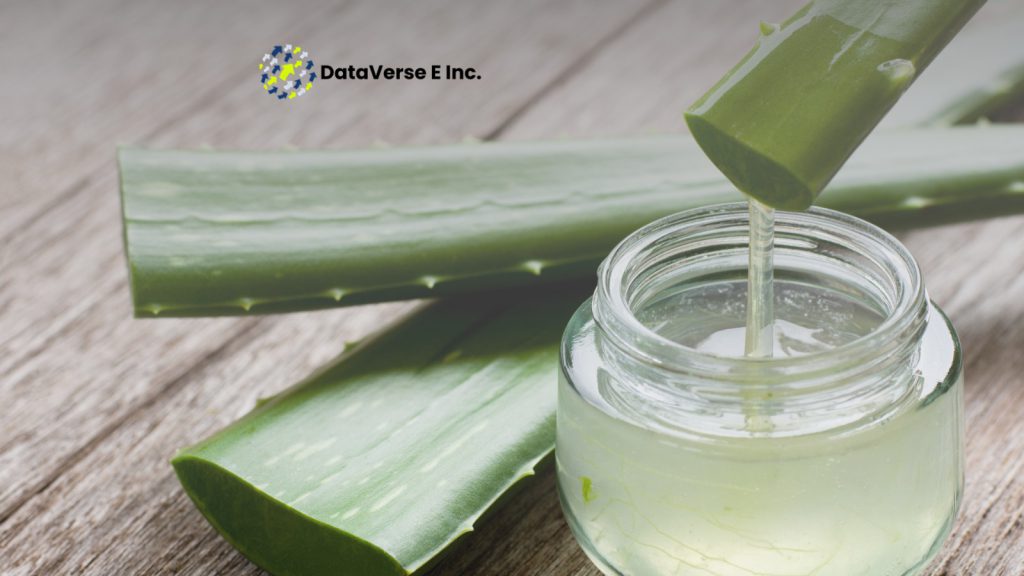Rice has always been more than just a staple food in India—it is a cultural symbol, a lifeline for millions of farmers, and one of the strongest pillars of the country’s agricultural export economy. Over the last decade, India has consistently remained the world’s largest rice exporter, supplying multiple varieties of Basmati and non-Basmati rice to nearly every major rice-consuming region. As global consumption grows and trade dynamics shift, the importance of reliable global import export data provider platforms has increased, giving exporters and importers the insights needed to make informed decisions.
In the 2024–25 period, India’s rice trade reflects a blend of expanding opportunities and evolving challenges. Whether it is analyzing Rice Import-Export Data, assessing price trends, studying top buyers, or evaluating competition from other Asian exporters, the role of accurate import export trade data has become more crucial than ever.
Overview of Global Import–Export Trade Data on Rice (100 Words)
The global rice market for 2024–25 shows steady demand across Asia, Africa, the Middle East, and parts of Europe. According to aggregated import export data from various trade intelligence platforms, global rice exports remain above 54–56 million tonnes annually, with India holding the largest share. Countries like Thailand, Vietnam, and Pakistan continue to compete closely, especially in premium and parboiled segments. For buyers and suppliers, Agriculture sectors trade data plays a vital role in tracking price fluctuations, shipment volumes, and seasonal demands. Companies rely on a trusted global import export data provider to study market patterns, compare exporters, and identify new trade opportunities in real time.
Total Rice Exports of India in 2024–25
India’s rice export performance in 2024–25 remains robust despite regulatory adjustments and global market uncertainties. Total exports for the period are estimated to stay in the range of 17–19 million tonnes, including Basmati and non-Basmati varieties.
- Basmati Rice: The premium fragrant category shows continued demand from Gulf countries, the EU, and the US. Exports hover around 4–4.5 million tonnes.
- Non-Basmati Rice: This segment remains India’s strength, contributing more than 12 million tonnes annually, especially to African and Southeast Asian buyers.
The availability of real-time india import export data enables exporters to monitor monthly shipment patterns, government notifications, freight charges, and buyer preferences.
Top Rice Product Exports From India
Indian rice is exported in multiple categories, each catering to a specific international market. The top exported rice products in 2024–25 include:
- 1121 Basmati Rice (Steam & Sella) – Highly demanded in Middle Eastern countries.
- IR64 Non-Basmati Rice – A popular choice among African and Asian buyers.
- Sona Masoori Rice – Preferred in the US, Australia, and West Asian nations.
- Broken Rice (Non-Basmati) – Majorly supplied to feed industries in Asia and Africa.
- Parboiled Rice – High in demand from African nations due to price competitiveness.
Accurate Rice Import-Export Data helps companies analyze which rice variety is gaining traction and which region offers higher margins.
Top 5 Rice Exporting Countries (2024–25)
Globally, the rice export market remains competitive. The top exporting countries are:
- India – Leading with the highest global share.
- Thailand – Strong competitor in parboiled and jasmine rice.
- Vietnam – Known for cost-effective medium-grade rice.
- Pakistan – A major supplier of Basmati varieties.
- Myanmar – Growing presence in the low-cost rice category.
These rankings fluctuate based on government policies, production levels, and global demand, which can be monitored through import export trade data provider platforms.
Top 5 Rice Importing Countries (Buyers)
Demand for rice imports is driven by consumption patterns, local production gaps, and price variations. The top importers include:
- China
- Philippines
- Saudi Arabia
- United Arab Emirates (UAE)
- Nigeria
Each of these nations imports significant volumes of rice, relying heavily on India for non-Basmati and Basmati categories. Exporters use global import export data to identify the buying trends and seasonal demand cycles in these nations.
Top 5 Rice Suppliers (Exporters to Global Market)
In terms of major suppliers globally, the leaders are:
- India
- Thailand
- Vietnam
- Pakistan
- China
These countries dominate most of the global rice trade due to their large-scale production and strong export systems. Reliable Agriculture sectors trade data helps businesses analyze the competition and identify export-friendly markets.
Top Rice Export/Import Companies in India
Several Indian companies have built strong reputations in global rice supply. Some of the top-performing companies in 2024–25 include:
- KRBL Limited (India Gate Basmati Rice)
- LT Foods (Daawat Rice)
- Kohinoor Foods
- Chaman Lal Setia Exports
- Shree Bhagwati Rice Mills
- Aartex Rice Mills
- Amira Nature Foods
These companies maintain high-quality standards, strong buyer relationships, and consistent supply chains. Many exporters rely on import export data to access verified buyers, track competitor shipments, and identify new markets.
HSN Codes for Rice
Understanding HSN codes is essential for shipment documentation and customs clearance. The major HSN codes for rice include:
- 1006 – Primary HSN code for rice
- 100610 – Rice in husk (paddy)
- 100620 – Husked (brown) rice
- 100630 – Semi-milled or wholly milled rice
- 100640 – Broken rice
Correct HSN coding ensures transparency and accuracy in global trade paperwork.
Global Rice Trade: Challenges and Opportunities
Challenges
- Government Regulations: Export bans, minimum export prices (MEP), and quality restrictions can affect trade flows.
- Climate Change: Irregular rainfall and rising temperatures impact production.
- Freight and Logistics: Increasing shipping costs and container shortages create volatility.
- Competition: Countries like Thailand and Vietnam offer competitive rates.
Opportunities
- Rising Global Demand: Consumption continues to increase, especially in Asia and Africa.
- Premium Rice Market Growth: Basmati rice sees strong demand in the EU, GCC, and US.
- Digital Trade Tools: Platforms offering india import export data simplify buyer discovery and market analysis.
- Value-Added Products: Organic rice, fortified rice, and ready-to-cook variants present new export avenues.
Latest News in the Global Rice Market (2024–25)
- Several countries increased rice imports due to crop shortages, benefiting Indian exporters.
- India introduced quality inspection norms for certain categories to maintain export standards.
- Global rice prices witnessed fluctuations due to climatic challenges in Southeast Asia.
- African nations expanded their procurement from India due to competitive pricing and stable supply.
- Digital global import export data provider platforms gained popularity among exporters for market research and verified buyer lists.
Conclusion
Rice exports from India in 2024–25 reaffirm the nation’s position as a global market leader. From premium Basmati to affordable non-Basmati varieties, India continues to supply rice to nations across continents. With accurate Rice Import-Export Data, exporters can analyze emerging markets, understand buyer needs, track shipments, and stay ahead of competitors. As global demand grows and new trade policies emerge, reliable import export trade data provider tools will play a key role in helping businesses expand sustainably and profitably.




No comment yet, add your voice below!